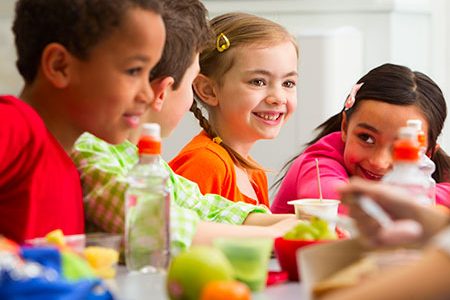It is easy to say "I prepare a plate of pasta". But do you know how many mistakes can be made? We tell you 10
Pasta is the pride of our country and in the world we are famous for being the best at preparing it and knowing its secrets.
But do you know that in reality every day without knowing it we make many mistakes and what seems to be a perfect pasta actually hides many imperfections?
Well yes. Indeed even the simplest of recipes based on pasta, such as the classic pasta with sauce or garlic oil and chilli pepper, must be performed in a workmanlike manner.
Here, then, the 10 most common mistakes that are committed when preparing pasta.
How many of you recognize yourself at least in one point?
1. One quality is another
It's not absolutely true. There is pasta and pasta and if the price changes there will be a reason. A bronze-drawn pasta, for example, always makes it better and welcomes any seasoning to perfection.
2. A random format
If you want to prepare a good pasta you must combine the seasoning with the most suitable format. Long pasta, for example, is fine with fairly liquid and creamy sauces, striped pasta absorbs seasoning better, short pasta is perfect for ragù and sauces that are not very homogeneous, and spiral pasta is fine with the classic tomato sauce .
3. Little water
The rule says that in a liter of water no more than 100 g of pasta should be cooked. Cooking pasta in a little water is wrong, unless it is the recipe for one pot pasta in which the secret lies precisely in "risottare" the pasta directly in the sauce by adding a little water.
4. Rinse the pasta
Never pass the freshly drained pasta under the tap. Stopping cooking is wrong, even when you need to prepare a cold pasta salad. In this case, for example, let it cool by adding a drizzle of oil to prevent it from sticking.
5. Watch out for the cooking time
If the packet indicates 10 minutes of cooking, do not go further, drain it first and keep the cooking water. Saute it directly in the sauce and let it finish cooking while stirring adding the cooking water.
6. Salt to taste
When adding salt to the water, "just enough" is very wrong. In reality, the exact dose is 7 g per 100 g of pasta and should be thrown into the water as soon as it starts to boil, never before, which would prevent you from boiling the water quickly, nor when cooking the pasta.
7. Remove the lid
Use the lid to cover the pan while waiting for the water to boil. Then, once the pasta has been thrown, do not cover it.
8. Oil is not needed
Some add cooking olive oil to "separate" the pasta especially when it is long or egg. It is useless, really!
9. There is a pot and a pot
Do not cook the long pasta in a pan that is too low and do not fold, or even worse broken, the spaghetti to put them in a low pan. Always choose the right container for cooking.
10. Drain the pasta
As already mentioned, to allow the pasta to mix perfectly with the sauce you have to drain it al dente and sauté it with the sauce for at least one minute on the fire. Use a colander with the handle and do not drain the pasta in the sink. In this way, you will take it out of the pot without throwing away the precious cooking water.


